Posts
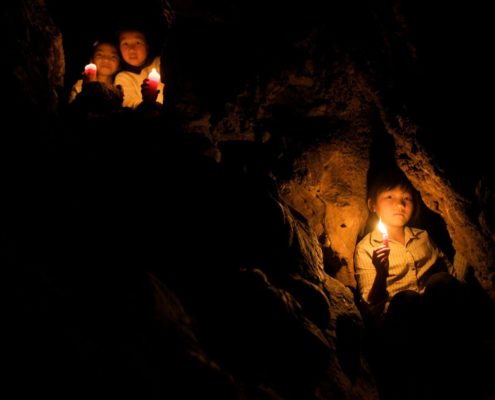
The Orphans of Yuang Shi Dong: China Cave Reflects Spiritual, Scientific Worlds
Zhou Mungqiu, who is 11 years old and whose name means “dream of spring,” pointed up to the top of Yuan Shi Dong, the “Fate Lion Cave,” where a fragile sliver of light descended from a small hole. Beside her, Shi Shanhong, whose name means kindness, also looked up and giggled.
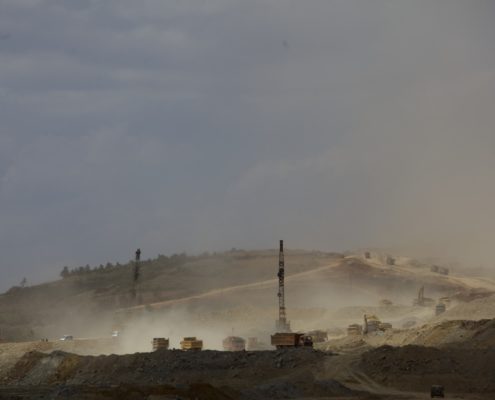
Tracing Kunming, China’s Freshwater Hazards
2 Comments
/
KUNMING — The ground quakes with a blast as the limestone fragments are blown from their roots, like giant white teeth shattered and unmoored. Nearby, a worker prepares his drill to place another stick of dynamite deep within the rock. He stops for a moment, places his foot high on the rubble and surveys the vast construction landscape that will soon become China's fourth largest airport.
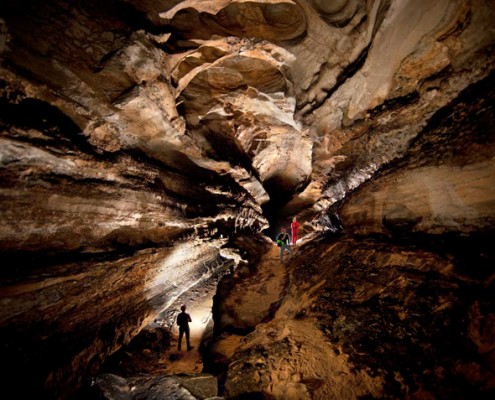
Karst Landscapes in China, Across the Continents
Although caves and karst landscapes often serve as a destination for fourth grade field trips, they certainly have direct relevance to the 1.5 billion people who live in karst regions -- many of whom rely on karst aquifers for drinking water.
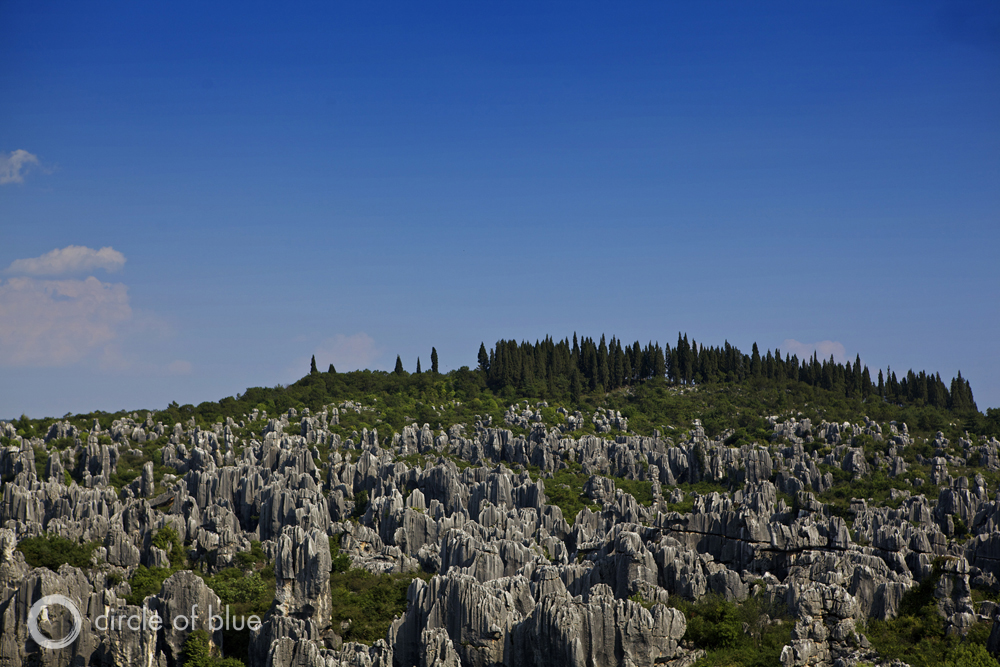
‘Romeo and Juliet’ of China Captured in Karst
Among all the scenic spots in Shilin, the rock of Ashima in the Small Stone Forest is the most famous. This rock resembles a girl, with a kerchief on her head and a bamboo basket on her back. The shape and expression are surprisingly lifelike. Tourists dress up in traditional Sani -- a branch of the Yi ethnic group -- dresses to strike the same pose next to the stone girl.
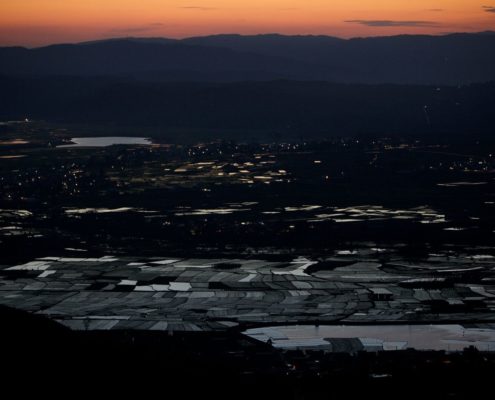
Connecting Caves, Karst Landscapes and Climate Around the World
Scientists who study caves and karst landscapes are like all researchers. They look for data that addresses the broadest and most significant questions possible.
It turns out that caves do a good job of providing significant answers. Those that contain animal fossils and records of ancient humans, for example, have been shown to have great value for understanding climate change and past environmental conditions.


